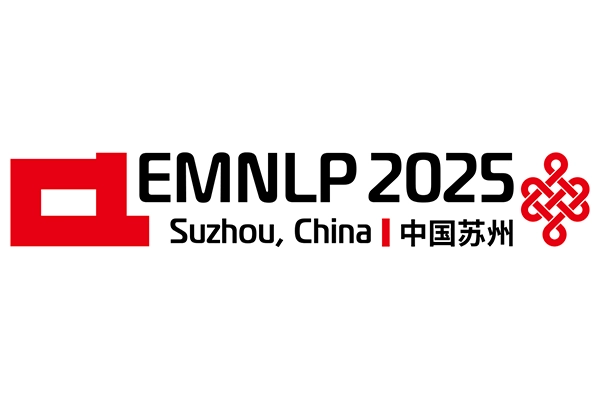29.10.2025

OrthoLoC Wins GCPR 2025 Best Paper Award
Award-Winning Work by MCML Director Daniel Cremers and Junior Members Riccardo Marin, Johannes Meier, and Oussema Dhaouadi
The paper “OrthoLoC: UAV 6-DoF Localization and Calibration Using Orthographic Geodata” by MCML Director Daniel Cremers and Junior Members Riccardo Marin, Johannes Meier, and Oussema Dhaouadi, together with Jacques Kaiser, received the Best Paper Award at GCPR 2025.
OrthoLoC presents a novel approach that uses orthophotos and digital surface models to accurately recover a UAV’s full 6-DoF pose and perform complete camera calibration—without relying on large 3D models. The team also introduces a new dataset, benchmark, and the AdHoP refinement method, which enhances cross-domain feature matching and reduces pose estimation errors.
Congratulations to the team on this outstanding achievement!
Related

13.11.2025
Explaining AI Decisions: Shapley Values Enable Smart Exosuits
AI meets wearable robotics: MCML and Harvard researchers make exosuits smarter and safer with explainable optimization, presented at ECML-PKDD 2025.

©Gorodenkoff-stock.adobe.com
03.11.2025
Research on Human-Centred Exosuit Technology Highlighted in Börsen-Zeitung
Julian Rodemann worked with Harvard on interpretable algorithms for “Back Exosuits,” improving human–machine interaction.

02.11.2025
MCML at EMNLP 2025
MCML researchers are represented with 39 papers at EMNLP 2025 (18 Main, 13 Findings, and 8 Workshops).

